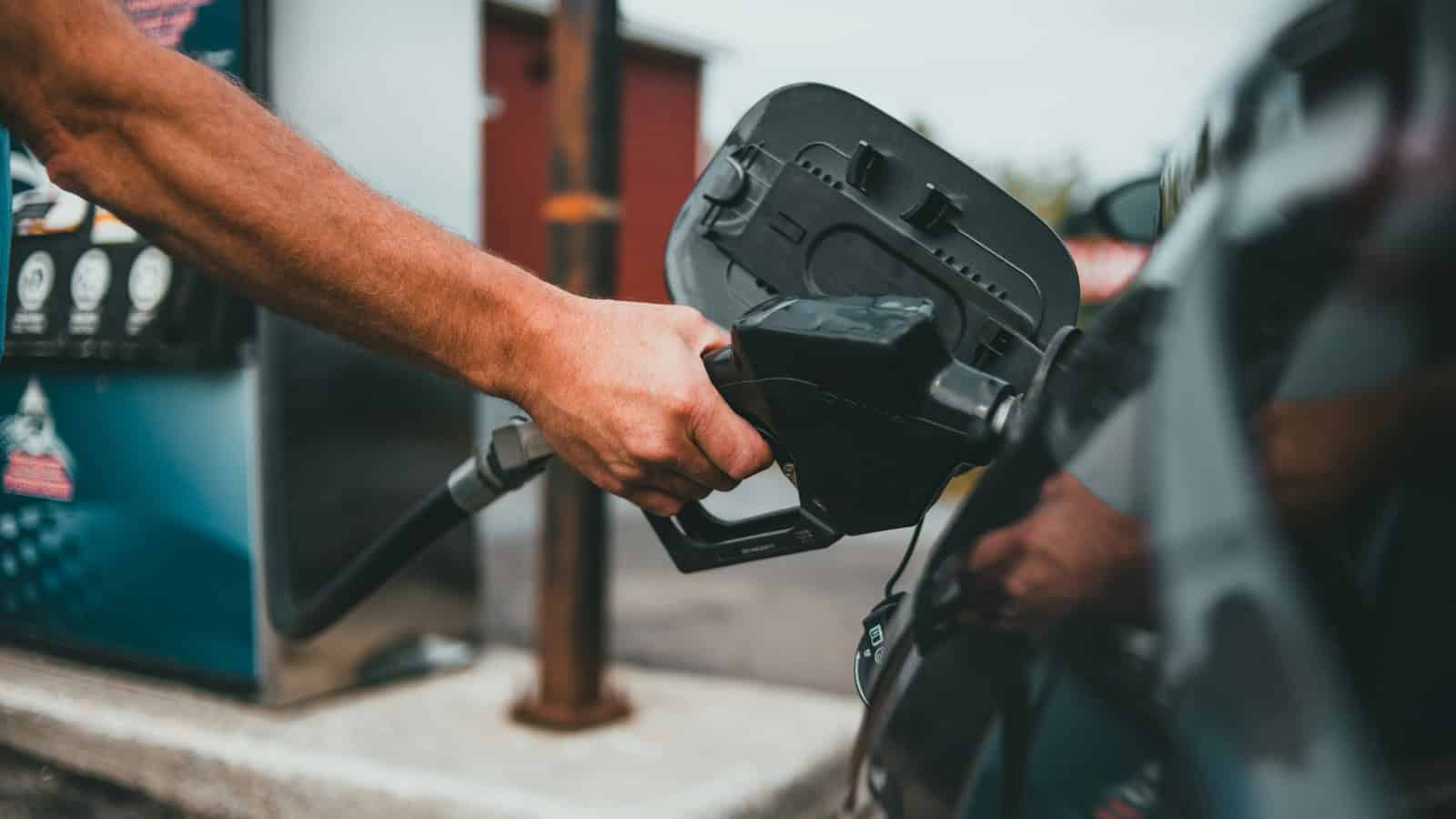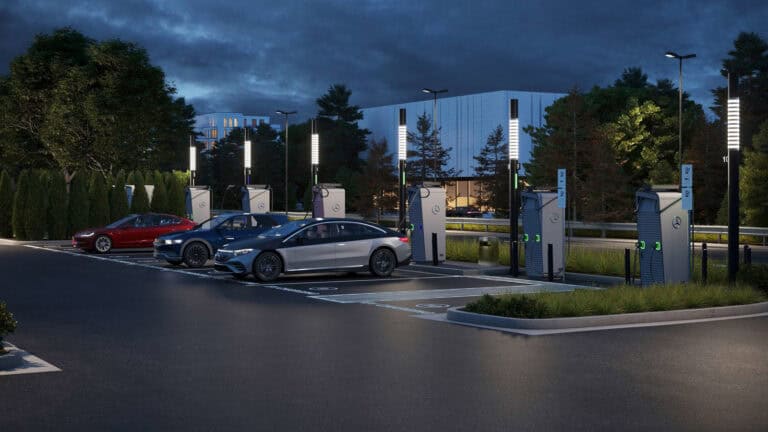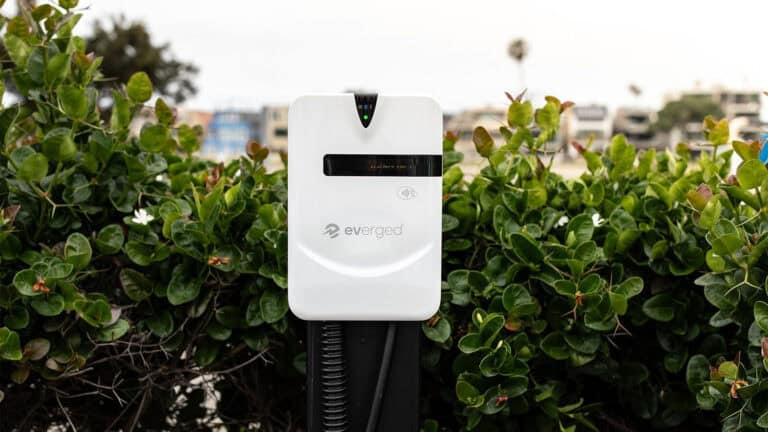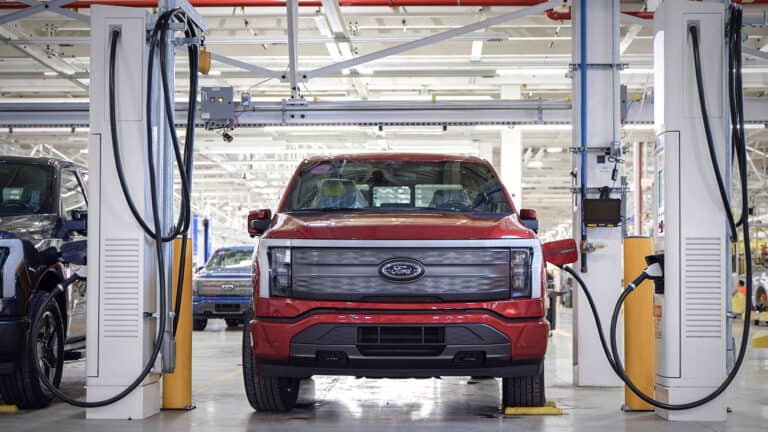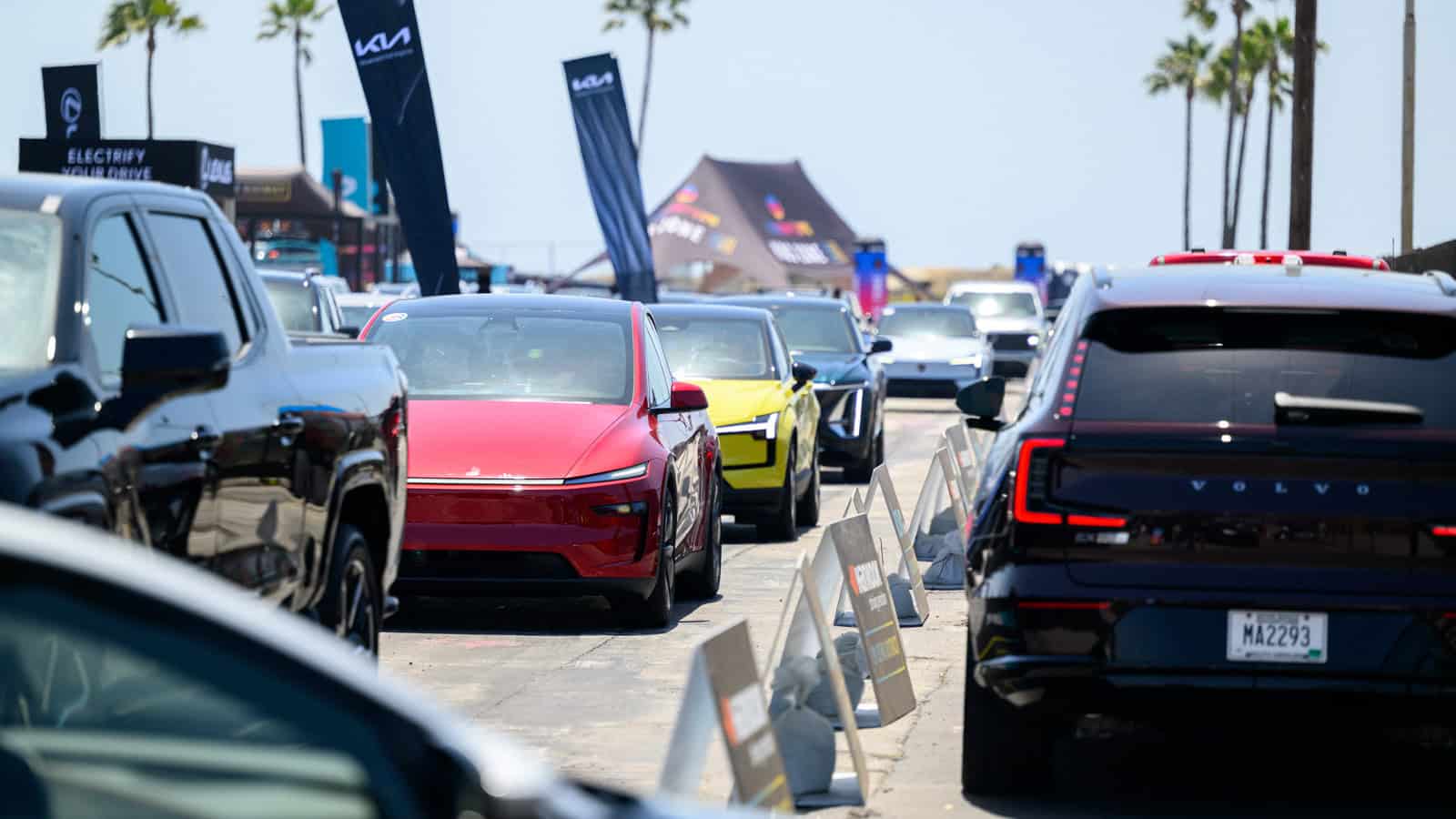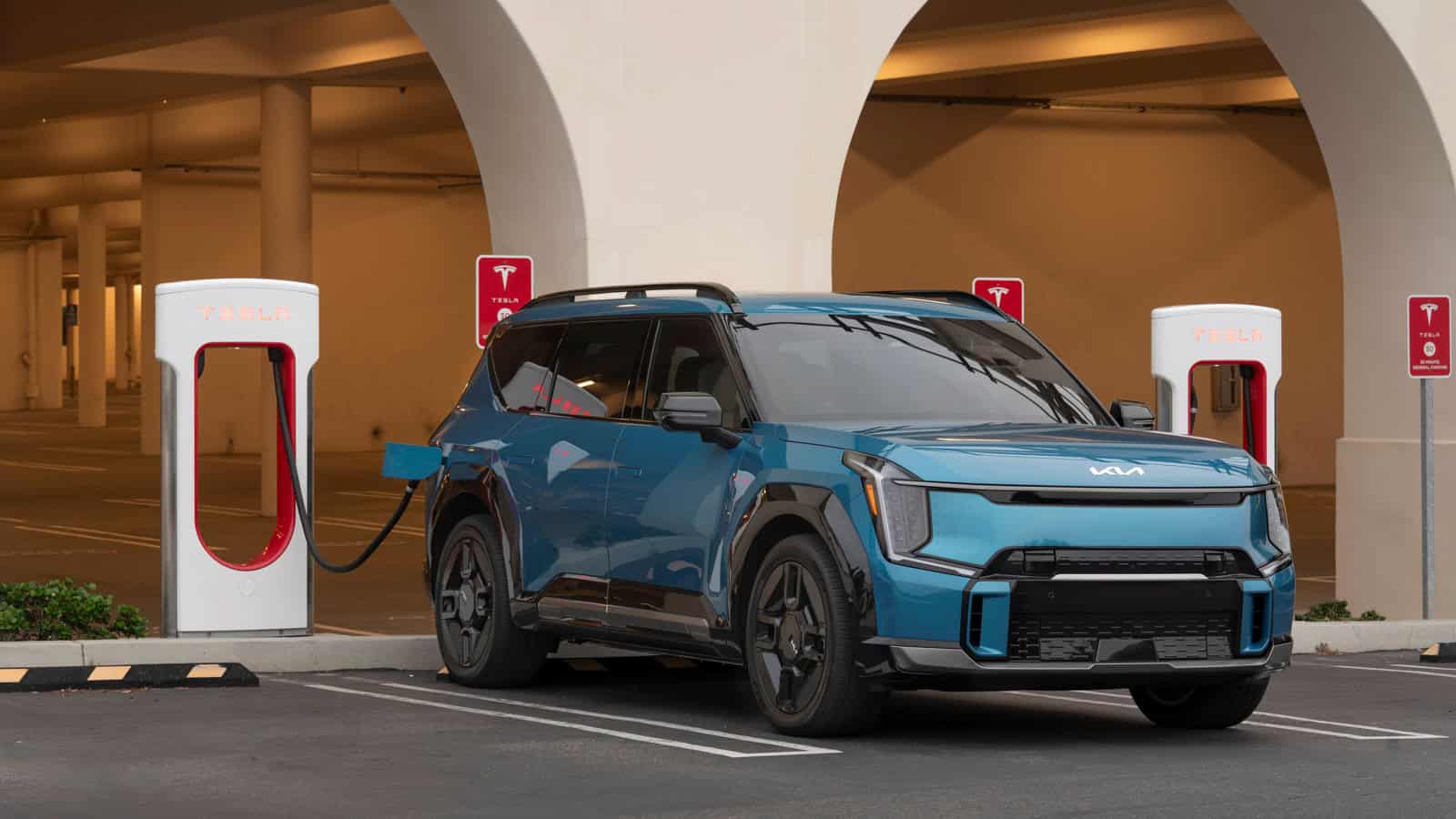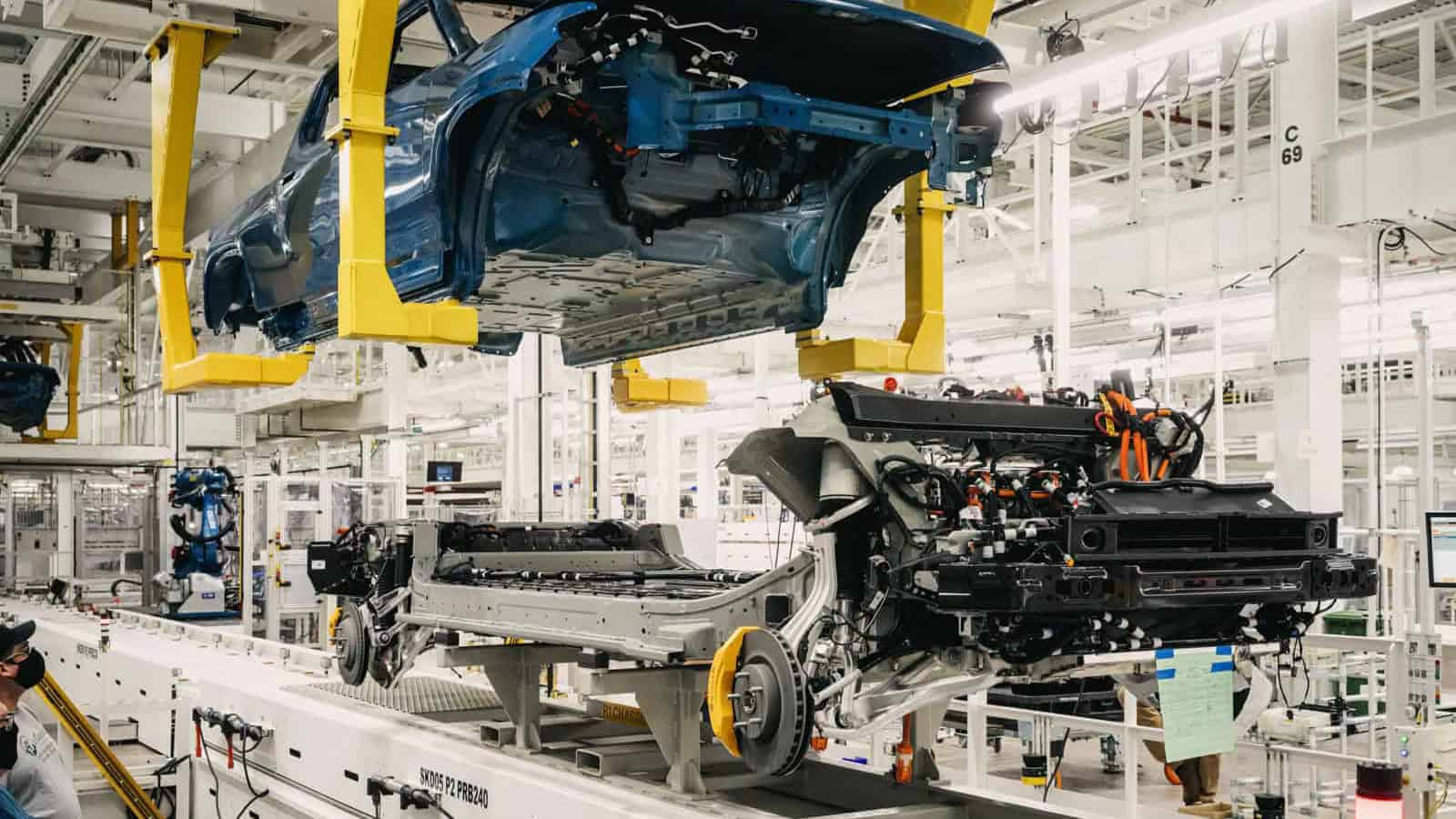- Gas pump handles can harbor up to 2,011,970 CFUs, significantly higher than many common surfaces.
- Toilet seats have about 172 CFUs per square inch, highlighting the cleanliness disparity.
- Using hand sanitizer after fueling can reduce the risk of germ transmission.
ADVERTISEMENT
Ever wondered which everyday object might harbor more germs than your toilet seat? Brace yourself, it’s the humble gas pump handle. Yes, that ubiquitous tool we all grasp without a second thought.
But just how dirty are they?
According to a study highlighted by GRIPHERO, gas pump handles are shown to be 11,000 times more contaminated with bacteria and viruses than a toilet seat. Additionally, a study highlighted by EcoWatch, gas pump handles harbor an average of 2,011,970 colony-forming units (CFUs) per square inch.
ADVERTISEMENT
To put this into perspective, consider that the average household toilet seat has about 172 CFUs per square inch. This stark contrast highlights the significant bacterial presence on gas pump handles.
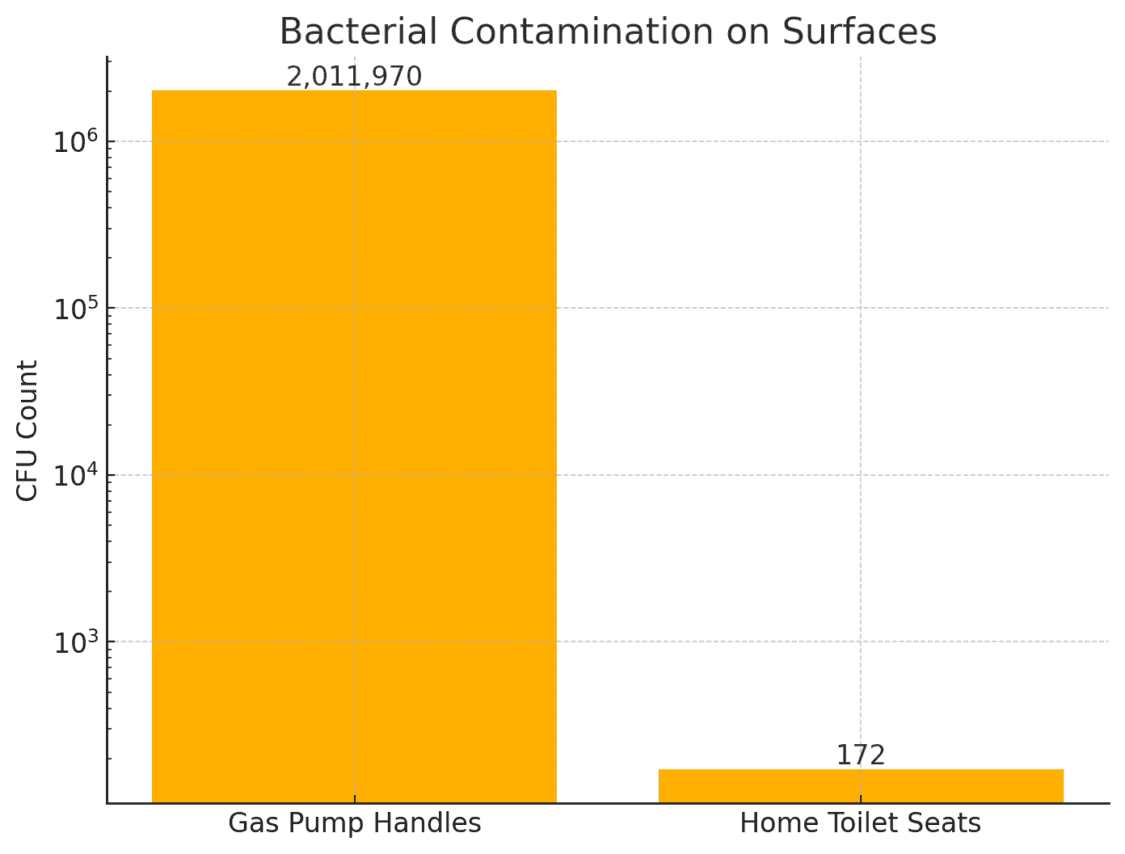
But gas pump handles aren’t the only culprits. Handles on public mailboxes, escalator rails, and ATM buttons also rank high in bacterial contamination, as mentioned by Reuters. Shopping cart handles are another hotspot, with coliforms detected on 72% of carts.
But why are gas pump handles such germ magnets? Think about it. Countless hands touch them daily, often unwashed, transferring bacteria and viruses.
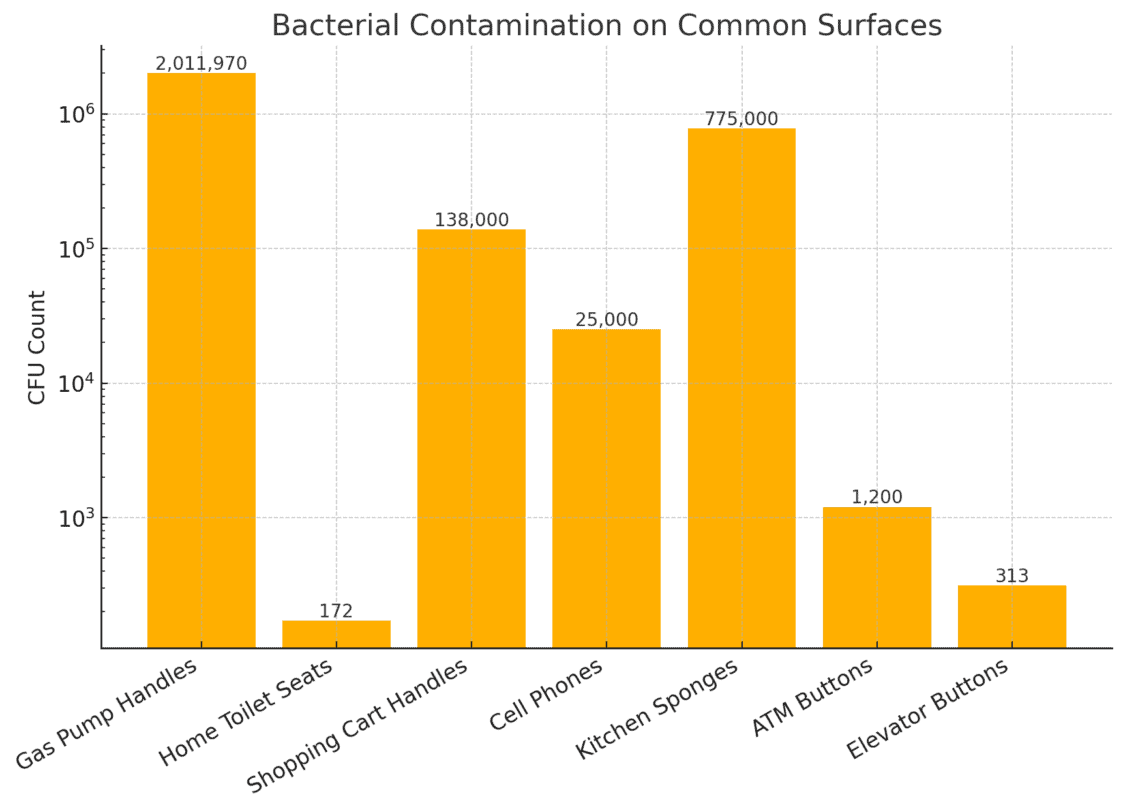
Unlike toilet seats, which are regularly cleaned, gas pump handles seldom receive the same hygienic attention. This oversight allows microbes to thrive, increasing the risk of transmission.
ADVERTISEMENT
So, what’s the takeaway here? While it’s impractical to avoid using gas pumps, being aware of their germy nature can prompt simple preventive measures.
Carrying hand sanitizer and using it immediately after fueling up can significantly reduce potential risks. After all, in our daily routines, a little awareness and proactive hygiene can go a long way in keeping those pesky germs at bay.
ADVERTISEMENT

SOURCES | FEATURED IMAGE: GRIPHERO, ECOWATCH, BORDAS LAW, REUTERS | ERIK MCLEAN
FTC: We use income-earning auto affiliate links. Learn more.


